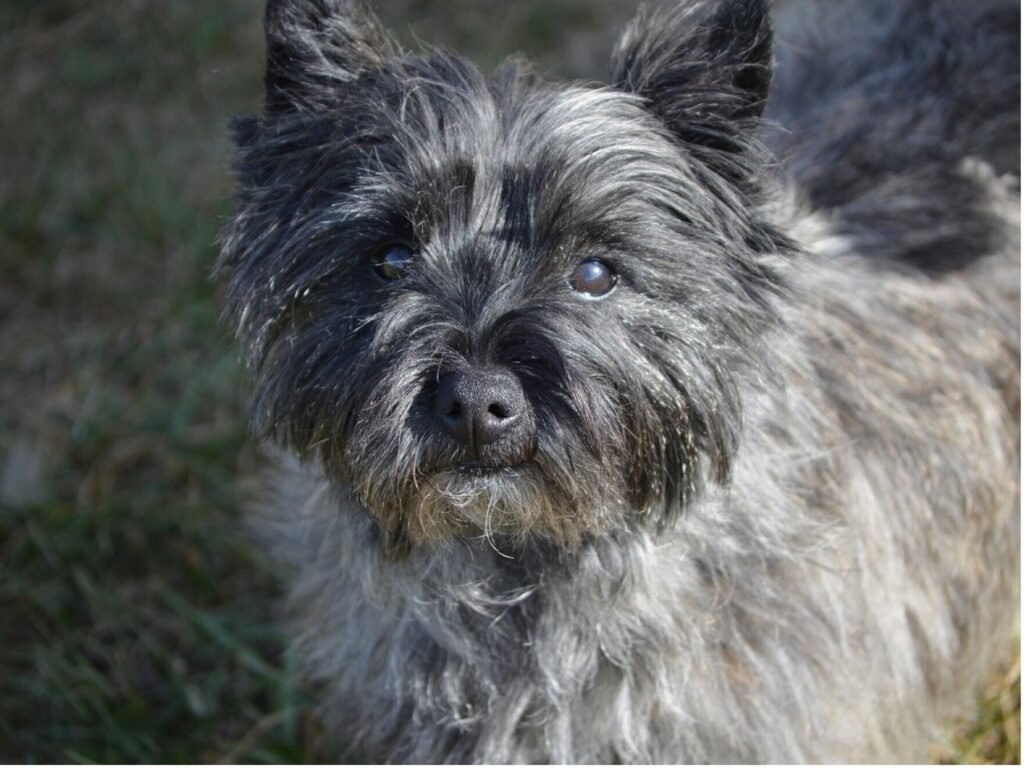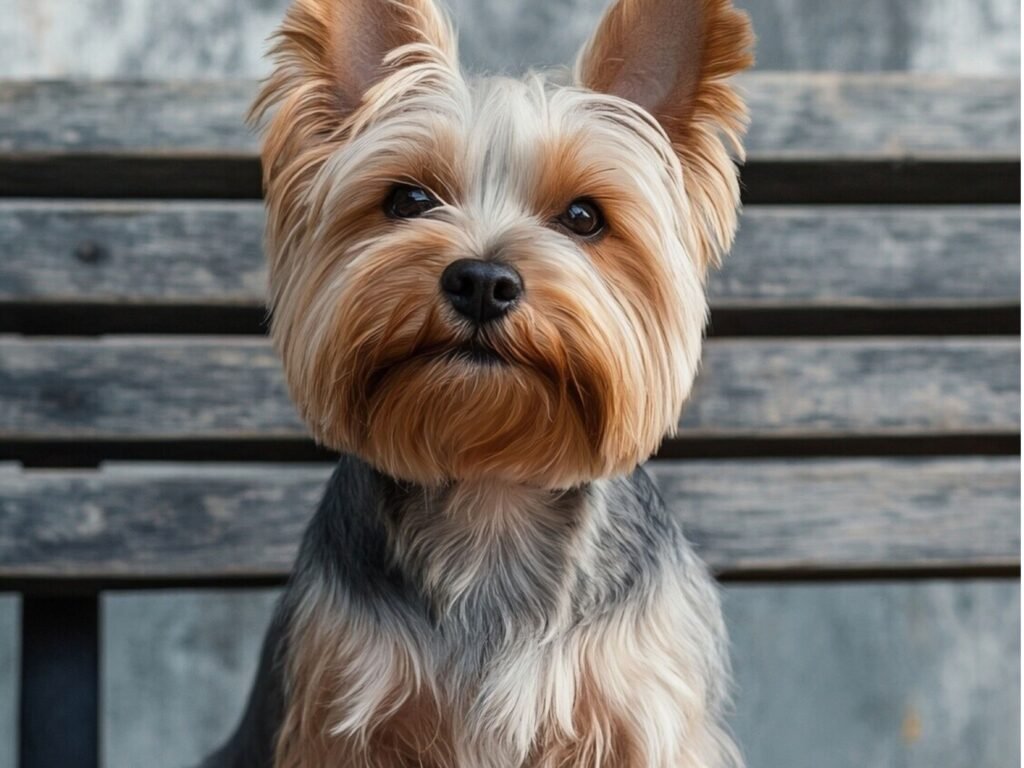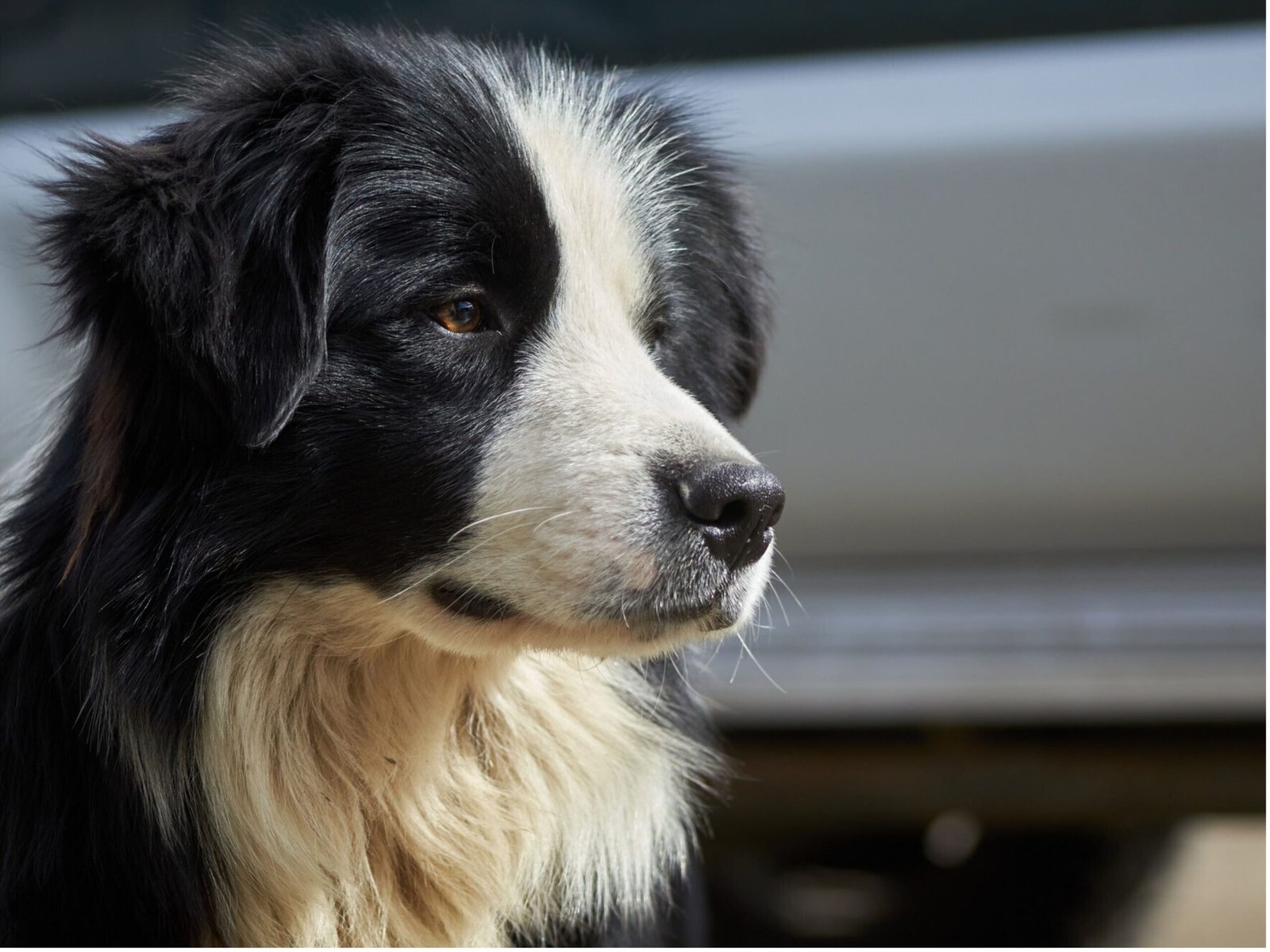The Blue Merle Cavalier King Charles Spaniel is a stunning and rare variation of the beloved Cavalier breed. With its unique coat pattern and charming personality, this dog stands out wherever it goes. Let’s dive into what makes the Blue Merle Cavalier so special!
What is a Blue Merle Coat?

A Blue Merle coat is a mix of light and dark patches, creating a “marbled” effect. Unlike the usual solid colors or simple patterns seen in most Cavalier King Charles Spaniels, the Blue Merle coat looks like a beautiful painting with splashes of color. It combines different shades of gray, black, white, and sometimes even blue, making the dog truly eye-catching.
How the Blue Merle Pattern Occurs?
The Blue Merle pattern is caused by a special gene that affects the dog’s coloring. This gene causes the fur to grow in a mix of lighter and darker shades. Not every Cavalier will have this pattern, which is why it’s considered rare. It usually appears when a Cavalier King Charles Spaniel is mixed with another breed that carries the Merle gene, such as an Australian Shepherd.
Colors and Markings: What to Expect in a Blue Merle Cavalier
In addition to the blue and gray colors, Blue Merle Cavaliers can have patches of white or tan, especially on their chest, legs, and face. Some might also have striking blue or multi colored eyes, which add to their unique look. Every Blue Merle Cavalier is different, so no two dogs will have the exact same coat pattern!
Comparing Blue Merle to Traditional Cavalier Colors
Traditional Cavalier King Charles Spaniels come in four main colors: Blenheim (white and chestnut), Tricolor (black, white, and tan), Ruby (solid red), and Black and Tan. The Blue Merle is not one of the official colors recognized by most dog organizations because it comes from mixing breeds. However, its beauty and uniqueness are what make it so fascinating to dog lovers.
Genetics Behind the Blue Merle Coat
The Blue Merle coat pattern is the result of genetics. For a dog to have this coat, it needs to inherit the Merle gene from one of its parents. This gene causes the fur to form in irregular patches, giving the dog its beautiful speckled look. It’s important to note that careful breeding is needed to avoid health problems that can sometimes come with the Merle gene.
Why is the Blue Merle Cavalier So Rare?
Blue Merle Cavaliers are rare because the Merle gene is not naturally found in the Cavalier breed. It usually comes from mixing with other breeds, which means there are fewer Blue Merle Cavaliers compared to the more common color varieties. Breeding these dogs requires expert care to ensure the puppies are healthy.

Caring for a Blue Merle Cavalier’s Unique Coat
Blue Merle Cavaliers have a coat that is similar to other Cavaliers when it comes to grooming. They need regular brushing to keep their fur clean, smooth, and free of tangles. Since their coat is light in some areas, it may show dirt more easily, so baths may be needed more often. It’s also important to protect their skin from too much sun exposure, as the lighter patches can be more sensitive.
Is the Blue Merle Cavalier King Charles Spaniel Right for You?
If you’re looking for a dog with a unique appearance and a loving personality, the Blue Merle Cavalier might be the perfect fit. These dogs are known for being kind, loving, and perfect for families. However, because of their rare coat, they may require a bit more attention when it comes to grooming and health care.
Health Considerations for Blue Merle Cavaliers
While Blue Merle Cavaliers are generally healthy dogs, there are some health concerns to be aware of, especially related to their coat color. The Merle gene can sometimes cause issues with hearing and vision, particularly if both parents carry the gene. Responsible breeders carefully plan their pairings to minimize these risks. Regular vet check-ups can help keep your Blue Merle Cavalier healthy and happy.

Fun Facts About Blue Merle Cavalier King Charles Spaniels
- Blue Merle Cavaliers are not officially recognized by major dog clubs like the AKC due to their mixed breed heritage.
- These dogs can have striking blue eyes, which is rare in most Cavalier King Charles Spaniels.
- Despite their unique look, Blue Merle Cavaliers have the same sweet and loving personality as other Cavaliers.
- Their rare coloring makes them highly sought after by dog lovers who want a Cavalier with a twist!
The Blue Merle Cavalier King Charles Spaniel is truly a fascinating dog with its unique coat and charming personality. Whether you’re captivated by its beautiful colors or its friendly nature, this rare breed variation is sure to turn heads and steal hearts!
People Also Ask
What is a Blue Merle Cavalier King Charles Spaniel?
A Blue Merle Cavalier is a Cavalier King Charles Spaniel that has a rare coat pattern with a mix of light and dark patches, giving it a marbled appearance. This coloring usually occurs when the breed is mixed with another dog that carries the Merle gene.
How does the Blue Merle pattern occur in Cavaliers?
The Blue Merle pattern is caused by a special gene that affects the dog’s coloring. It results in patches of light and dark fur, but the Merle gene is not naturally found in purebred Cavaliers and typically comes from crossbreeding.
What colors can be seen in a Blue Merle Cavalier?
Blue Merle Cavaliers usually have a mix of gray, black, white, and sometimes blue. They may also have patches of tan or white on their chest, legs, and face, making each dog’s coat unique.
Is the Blue Merle Cavalier King Charles Spaniel a purebred dog?
No, Blue Merle Cavaliers are typically not considered purebred. The Merle gene comes from mixing Cavaliers with other breeds, such as Australian Shepherds, which introduces the Blue Merle coat.
Are Blue Merle Cavaliers recognized by dog organizations?
Most major dog organizations, such as the American Kennel Club (AKC), do not recognize Blue Merle as an official color for Cavalier King Charles Spaniels, since it results from crossbreeding.
Why are Blue Merle Cavaliers so rare?
They are rare because the Merle gene does not naturally occur in the Cavalier breed. Breeding for this coat pattern requires mixing with other breeds, which makes Blue Merle Cavaliers less common than traditional colors.
Do Blue Merle Cavaliers have health problems?
Some Blue Merle Cavaliers may have health issues related to their coat gene, such as hearing or vision problems. These risks are higher if both parents carry the Merle gene, so careful breeding is important to avoid these issues.
How do you care for a Blue Merle Cavalier’s coat?
Regular grooming is needed to keep their coat healthy and clean. Since their lighter patches can be more sensitive to the sun and may show dirt easily, they may need more frequent baths and protection from direct sunlight.
Can Blue Merle Cavaliers have blue eyes?
Yes, some Blue Merle Cavaliers can have striking blue or multi-coloured eyes, which is rare in most other Cavalier King Charles Spaniels and adds to their unique appearance.
Are Blue Merle Cavaliers good family pets?
Yes, just like other Cavaliers, Blue Merle Cavaliers are known for their friendly, affectionate, and gentle nature, making them great companions for families and individuals alike.
